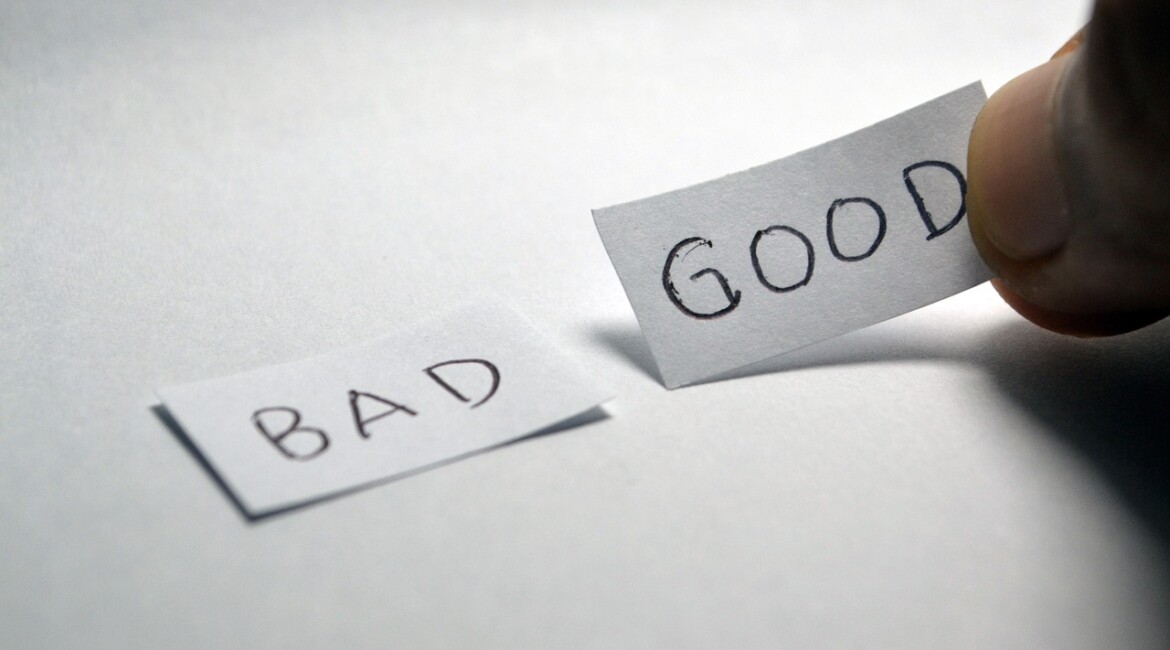
Good leavers and bad leavers – what happens when a shareholder downs tools?
Owner managed businesses
In a business that depends upon the hard work – essentially the sweat equity – of everyone involved, it can be hard to accept that if one shareholder stops working with the company soon after start-up, that shareholder still gets to hold onto his shares in the company, with all the dividend and voting rights that go with those shares (and ultimately, any gain on a sale of those shares).
Now it costs less than £20 to incorporate a company many start-ups are going for DIY law and using the model articles that are automatically provided by Companies House. This works splendidly while all the parties are getting on well, but it is worth taking some time to consider what will happen if everything does not go according to plan.
In a company where the shareholders are also the directors (and sometimes the only employees) it can be confusing to understand the conceptual difference between these roles. Without modification to the model articles, company law provides that a shareholder owns the shares in a company whether or not that shareholder works for the company.
Besides the financial implications, there is a certain administrative burden if there is a shareholder that is not involved in the day to day goings on at a small company. That shareholder still needs to be included in any shareholder meeting and depending on the percentage ownership, that shareholder can hold up any vote requiring a special resolution (75%) and in a worst case scenario block any proposed sale of the entire company.
Good Leavers, Bad Leavers
One way to deal with this is to agree a shareholders’ agreement that includes the concept of “leavers”, meaning shareholders who have been directors or employees of a company but have left that employment.
If the partners in a venture sit down at the outset to discuss this, they can usually agree some equitable way to deal with “leavers” that everyone is happy with.
The shareholders’ agreement often distinguishes between “good leavers” and “bad leavers”. Good leavers can be those who leave the company for reasons of ill health or because the company makes that person redundant. To recognise a prolonged period of sweat equity, the shareholders agreement can also include as good leavers those who choose to resign after a certain number of years. These good leavers may then either be allowed to keep their shares or may be required to sell them back to the company, but the sale price they will receive will be a genuine reflection of the commercial value of the shares as determined by an agreed-upon independent expert.
“Bad leavers” are often defined as those who resign within a short period of time, or those who breach the terms of their service agreement or the shareholders’ agreement. These bad leavers will then be required to sell back their shares to the company for par value (meaning the face value of the shares), or the price paid for those shares if higher.
If the company or the remaining shareholders do not have the cash to buy the shares of the good leaver (or even the bad leaver), the remaining shareholders can always elect to allow the leavers to hold onto their shares, but including the concept of leavers gives the remaining shareholders the option to escape the risk that one shareholder will stop working with a company but still own a percentage of that company with the voting, income and veto rights those shares bring.
